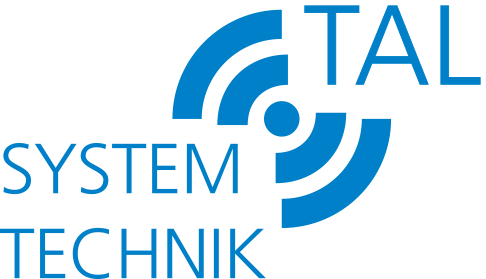The Future of Energy Management in Smart Buildings
With the increasing demand for sustainable and energy-efficient solutions, the future of energy management in smart buildings looks promising. These buildings are equipped with advanced technologies and systems that allow for efficient energy consumption and better control over energy usage. One key aspect contributing to this future is the use of high-quality insulation materials such as konfektion dämmstoffe, which play a crucial role in achieving energy efficiency in buildings.
Smart buildings are designed to optimize energy consumption by employing various technologies, including sensors, automation systems, and machine learning algorithms. These systems help monitor and control energy usage in real-time, ensuring that energy is only used when needed. By integrating konfektion dämmstoffe into the building’s insulation, thermal efficiency can be greatly enhanced, reducing the need for excessive heating or cooling.
Insulation is a critical component of smart buildings, as it helps maintain a stable indoor temperature throughout the year. Konfektion dämmstoffe are known for their excellent thermal properties, effectively preventing heat transfer and reducing energy loss. This not only lowers heating and cooling costs but also minimizes the environmental impact of the building by reducing greenhouse gas emissions.
Moreover, konfektion dämmstoffe can also contribute to improved indoor air quality. By providing an airtight seal, these insulation materials prevent the infiltration of outdoor pollutants, allergens, and dust. This, in turn, ensures a healthier and more comfortable living or working environment for the occupants. As smart buildings strive to create optimal living conditions for their users, the integration of high-quality insulation materials becomes crucial.
The future of energy management in smart buildings also involves the use of renewable energy sources. Solar panels, for instance, can be installed to harvest the sun’s energy and power the building. By combining efficient insulation and renewable energy generation, smart buildings can become self-sufficient and reduce their reliance on traditional energy sources.
In addition to energy efficiency and renewable energy, smart buildings also focus on smart grid integration. These buildings are capable of communicating with the local power grid, allowing for better energy management and demand response. By utilizing konfektion dämmstoffe and other energy-efficient technologies, buildings can actively contribute to the overall stability of the grid, preventing power outages and reducing the strain on the electricity supply.
In conclusion, the future of energy management in smart buildings looks bright, with the integration of konfektion dämmstoffe playing a crucial role in achieving energy efficiency. These high-quality insulation materials help reduce energy consumption, enhance thermal performance, and improve indoor air quality. When combined with renewable energy sources and smart grid integration, smart buildings can significantly contribute to a sustainable and resilient future. As more emphasis is placed on energy conservation and environmental responsibility, the demand for smart buildings and konfektion dämmstoffe is expected to grow rapidly.
************
Want to get more details?
TAL Systemtechnik GmbH
https://www.tal-systemtechnik.de/
+49 7731 68405
Byk-Gulden-Straße 36, 78224 Singen
TAL Systemtechnik GmbH – Wir produzieren und liefern Ihnen konfektionierte Dämmstoffe nach Maß, Akustische Dämmung zur Schallisolierung, den TL flexibler Abgasschlauch hitzebeständig und diverse Schallschutzvorhänge für die Industrie.


